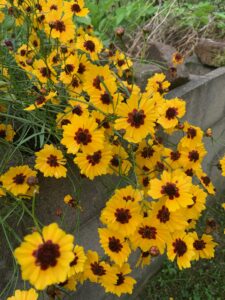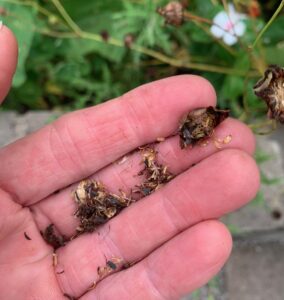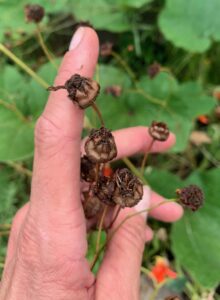This time of year brings such joy to native gardeners as pollinator activity on native plants really picks up and progression of flowering in the garden marches on from one species to the next. As early species decline and start to set seed, we have an opportunity to collect ripe seed from our plants to propagate ourselves and/or distribute to the community. NPI packages and gives out native seeds at our meetings and events all over town. We participated in a Memorial Day weekend Storm Sweep event at the lakefront and gave out lots of seeds there and this weekend we will be giving out over 400 packets of native seeds at the Creole Tomato Fest! Here are some native plants producing seed right now, what to look for and how to collect. Contact us for guidelines if you are collecting extra seed for NPI distribution.
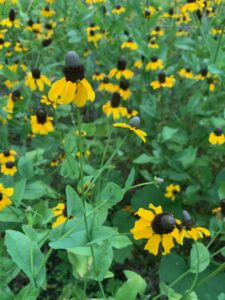
Clasping Coneflower, Dracopis amplexicaulis - This is one of our earliest and easiest native wildflowers to grow. Once you grow it, it’s likely that it will always pop up somewhere in your sunny garden from the many seeds it produces. Seed heads should be completely dry and shatter fairly easily when raked with a fingernail. Paper bags are best for dry storage. Only pack in plastic when COMPLETELY DRY.
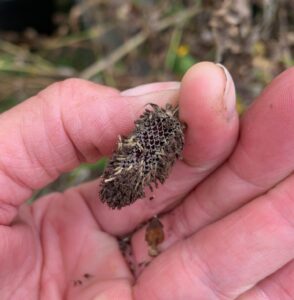
Spiderwort, Tradescantia -
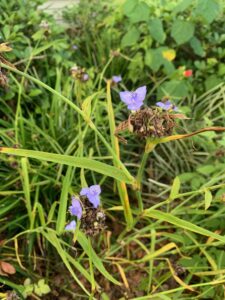
Spiderworts bloom in a cluster of several flowers at the tips of the stems. The individual flowers bloom in succession, not all at one time, which means they dry and seed matures in succession too. For this reason, to collect seed, you must wait until almost all of the flowers in a terminal cluster have finished and turned brown before pulling off that clump to save seed. Spiderworts are fleshy and the seed pods and leaves surrounding the seeds can hold a lot of moisture. After you pull the end clusters off, leave them out in a flat pan to dry thoroughly before storing in a paper bags. Only pack in plastic when COMPLETELY DRY or you will have a bag of moldy yuck in no time. After harvesting the seed, cut the plant down for a neater look to the garden. Spiderwort looks unattractive at this stage.
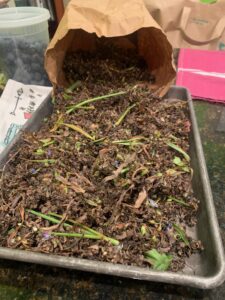
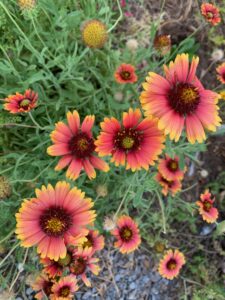
Gaillardia pulchella, Blanket flower - Wait for it, …. wait for it, ……this is a plant whose flower heads fade and dry but must be completely brown/gray before the seeds are ripe and easily collected. The seed heads should shatter easily when raked with a fingernail. If they do not, they are not ready to harvest yet.
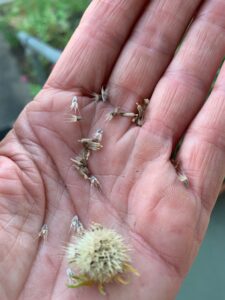
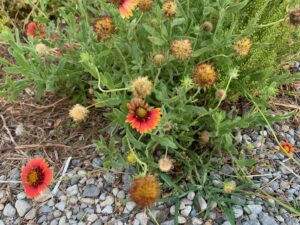
Coreopsis tinctoria, Tickseed - Another super easy, early native flower. Wait until seed heads are completely brown and dry before breaking apart. Paper bags are best for dry storage. Only pack in plastic when COMPLETELY DRY.
